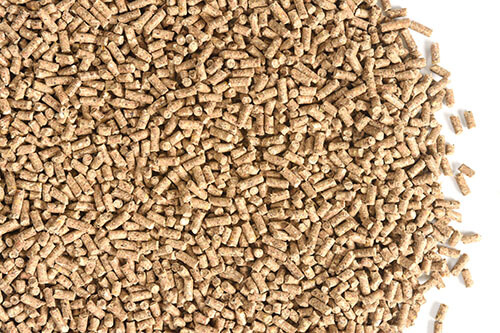Avoiding the cheap feed trap
Sep 23, 2019

Although inexpensive feed may seem budget friendly there are tradeoffs between the cost of the diet, calf performance and target market weights. Therefore, understanding the true cost of feed is important to maintain profitability in this industry. Here are two key factors to consider when developing a feeding plan for your fall-weaned calves.
1. Feed conversion is better measured than predicted and is commonly misinterpreted. By monitoring feed conversion, beef producers can reformulate if the feed conversion isn't sufficient enough to be profitable. Many producers ask the question, how much do I need to feed to get __ pounds-per-day of gain? Keep in mind to make this decision 30 to 45 days before marketing may not provide enough time to fully recover the weight difference.
2. It is important to set a target market weight because it will affect the number of days on feed. If weaned calves have a 750-pound target market weight, calves gaining 1 pound-per-day on average forage and supplementation and weaned at 550 pounds will require 200 days to reach their target weight, whereas the same calf fed higher quality forage and feed supplementation could gain 2.5 lbs/day thus requiring only 80 days to meet the target.
As input costs continue to rise, beef producers must avoid the cheap feed trap. One should never base a feeding plan strictly on the cost per ton. Stop by your local Co-op for help in creating a feeding plan that will deliver the most ROI for your operation.